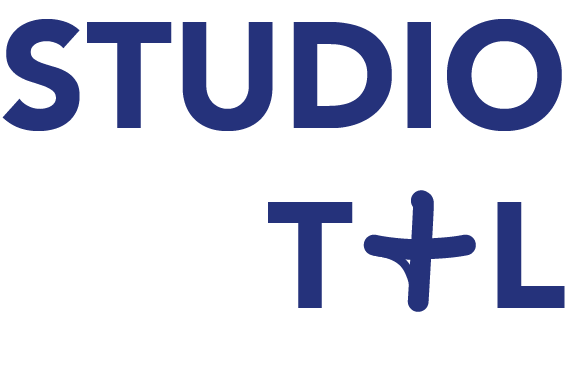
How Studio T+L Works With Educational Institutions
Studio T+L's goal when working with educational institutions is to design a theatre that is appropriate for the students and faculty it will serve. As theatre professionals ourselves, we know how theatre is made. We understand how theatre systems operate. Most of our team teaches, or has taught, theatre at the college level. We bring this background to each project, while listening to the faculty and administration to understand their specific needs, which is especially important when technical theatre and design are part of the curriculum. We then set out to design a theatre and theatre systems that are appropriate to the educational and artistic goals of the institution and its faculty.
When we are discussing the design of theatre systems, important questions include:
Who is providing ongoing training to students and faculty?
Who is providing oversight on the use of theatre systems such as lighting and rigging? What is their level of expertise?
Who is operating the systems during a performance - students or faculty?
How active is the performing arts program and how flexible do systems need to be?
Will equipment be relocated for each production or is the goal a set-it-and-forget-it setup?
The answers to these and other questions guide us in determining the appropriate systems.
Once common question is, "Who hires the theatre planner?"
Our relationship with the owner and the project team can take one of three forms.
Most educational institutions prefer to have a single contract with an architect, who holds the contracts for all of the consultants. In those cases, Studio T+L is likely to be brought to the project by the architect and work as a member of the architect’s team. However, the owner can also direct the architect to hire a specific theatre planner.
Some owners prefer to hold the theatre consultant’s contract directly. If so, we report directly to the owner and are an active member of the architect’s team working on the owner’s behalf.
Certain projects, such as the replacement of a dimming system, do not require an architect. In those instances we are hired by the school and collaborate with the school’s stakeholders to develop, document, and specify the new system.
Regardless of the contract, it is important to note that we do not work in a vacuum. We believe that design is as much a process, requiring the active involvement of the owner and design team, as it is a product delivered at the end of construction. The development and progress of our work is dependent on input and steady collaboration with the design team, owner, and users.
You can learn more about theatre planning from our FAQ here.
